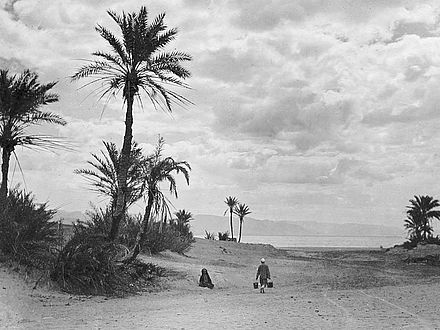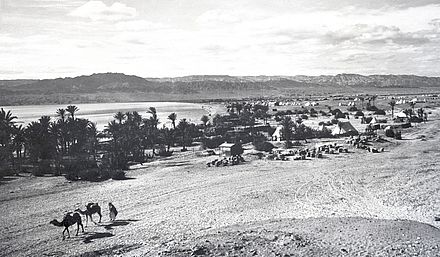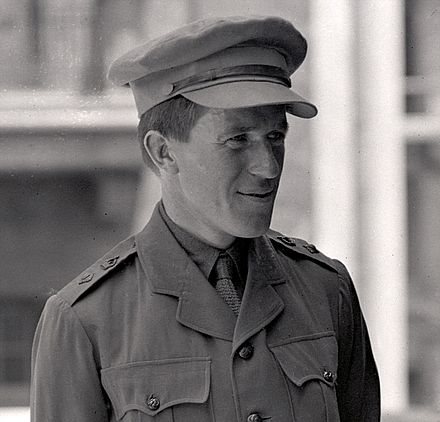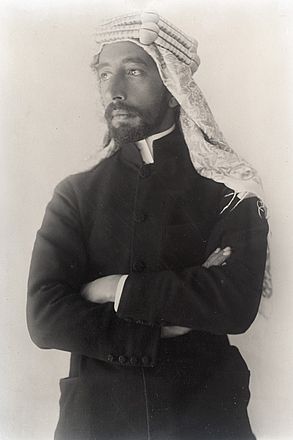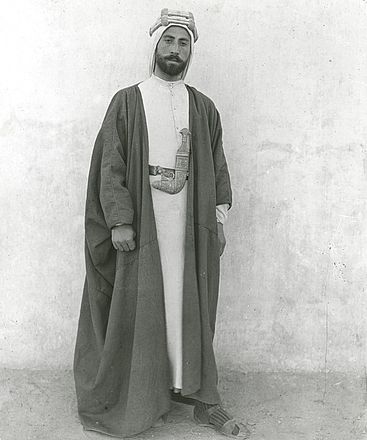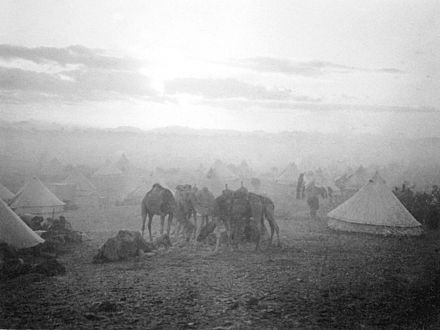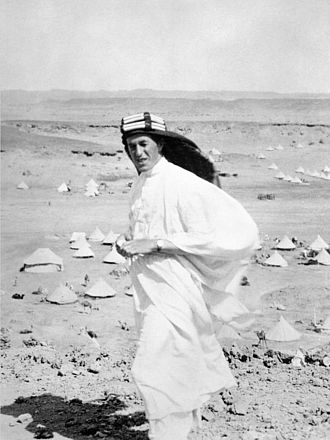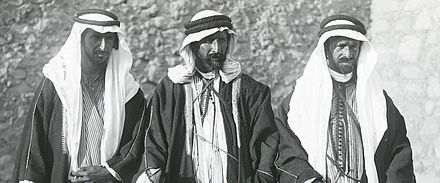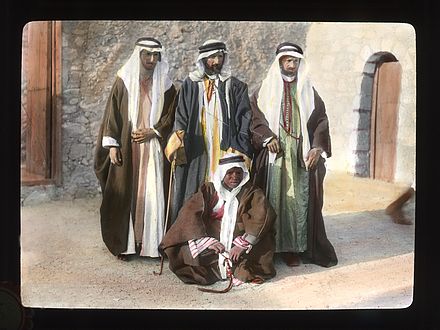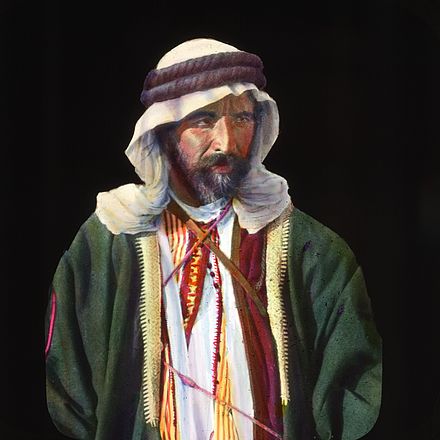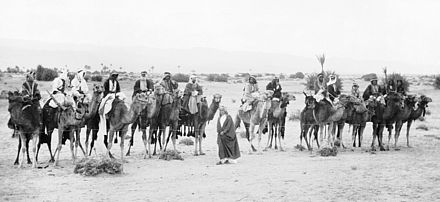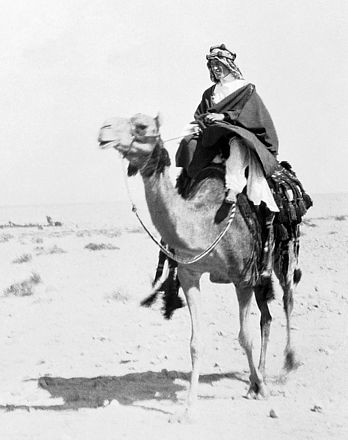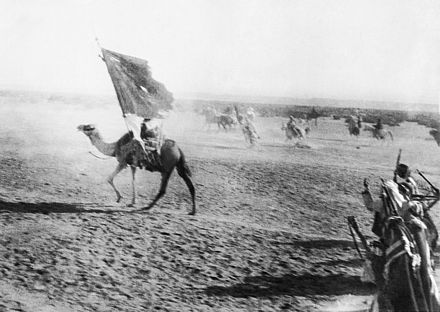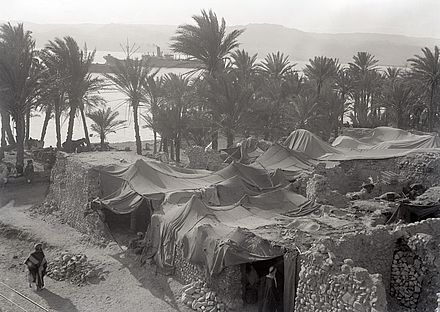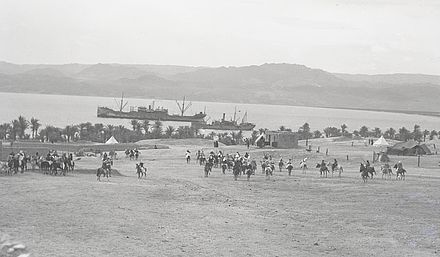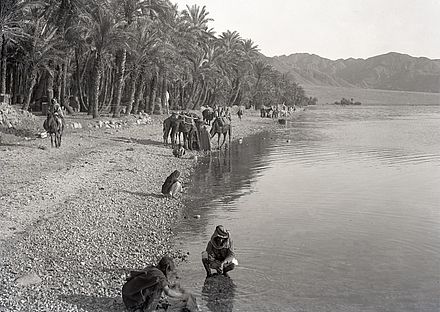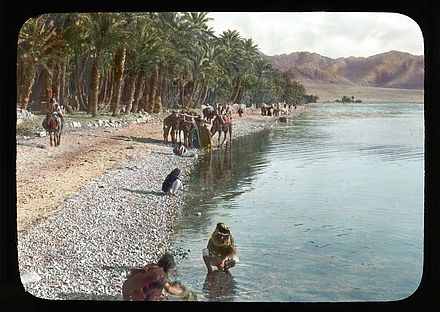Captain Thomas Edward Lawrence of the British Military Intelligence Department brought an unusual background to his meetings with Prince Feisal in Arabia: He was an Oxford-trained archeologist who had lived and worked in Arab lands and spoke some Arabic. Some accounts claim that Lawrence brought a bold plan to those meetings: He proposed that a troop of Arabs make their way across the desert and attack Akaba — a port on a gulf of the Red Sea, now part of Jordan — from the land side, not the heavily fortified sea side. A victory would allow the British to ship supplies to the Arab forces and put added pressure on their joint enemy in the region during World War I: the Turkish Ottoman Empire. The Arabs were fighting for their freedom from the Turks. The British, mired in this brutal and mostly stalemated world war, were struggling to defeat the Turks and their German and Austrian allies.
Feisal and Lawrence agreed on a desert attack plan. On May 9, 1917, a small band of 50 Arabs left Feisal’s headquarters in Wejh on the Arabian Peninsula. They were led by Auda abu Tayi of the Howeitat tribe, by the Sherif Nasir of Syria and by Lawrence, who was wearing Arab robes, riding a camel and carrying 22,000 British gold sovereigns. Lawrence was the only representative of Britain on this journey. Indeed, by his account, his superiors had not approved his plan.
This Arab army dashed from well to well across some extraordinarily inhospitable territory, stopping occasionally to blow up Turkish railroad tracks or create diversions to confuse the Turks about their ultimate objective. With the help of the British gold, Auda abu Tayi drew fighters from tribes along the way. Approaching Akaba after almost eight weeks in the desert, the band — riding dozens of horses and hundreds of camels — was now more than 500 strong.
“For months Akaba had been the horizon of our minds, the goal.”
—T.E. Lawrence
The crucial battle was fought on July 2 against a couple of hundred outnumbered and terrified Turkish soldiers at an outpost outside of Akaba, Aba el Lissan. The Arabs had surrounded them and were firing down from the hills — ineffectually. The day was even hotter than usual. An exhausted and discouraged Lawrence, by his own account, lay down to lap up some drops of water from a tiny, muddy stream — either suffering from or feigning heat exhaustion. When Auda came by to scold him, Lawrence sneered that Auda’s warriors “shoot a lot and hit a little.”
That insult, Lawrence explains, inspired Auda abu Tayi and his men to mount their horses and charge down upon the Turks. The Arabs with camels — Lawrence among them — quickly joined in, firing their guns as they galloped. In the charge down the hills, Lawrence felt himself being thrown from the saddle. When he got up, he realized that he had mistakenly shot his own camel in the back of the head. But the Turks had been defeated — killed or, too rarely for Lawrence, taken prisoner.
“On occasions like this Death justified himself and was cheap.”
—T.E. Lawrence
The Turks in Akaba soon surrendered and the Arab army rode in and in Lawrence’s words “splashed into the sea” on July 6, 1917. With thousands of mouths to feed and no food, Lawrence realized that he had to move swiftly. Without hesitating, Lawrence then traveled by camel an additional 150 miles across the Sinai desert to bring word of the Arabs’ — and his — triumph to the British in Eygpt, and gain supplies and pay for the Arab forces.


